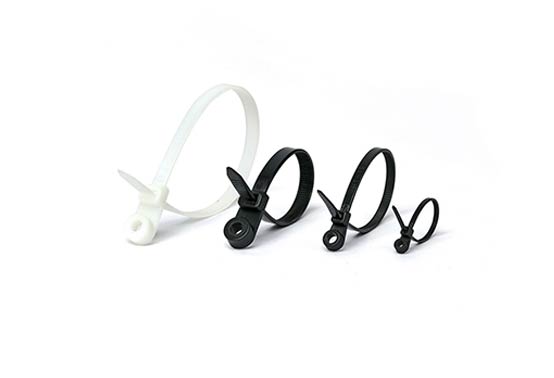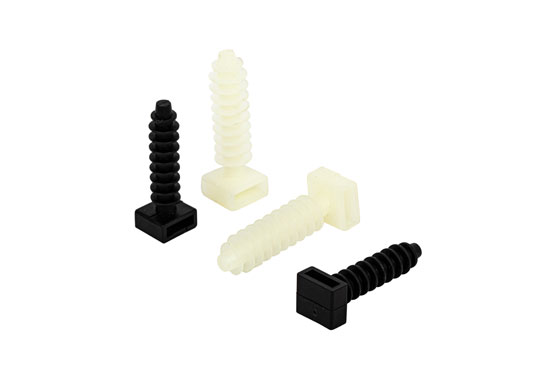Tel
0577-62795555
Tel
0577-62795555
The vast and mysterious expanse of the world's oceans has long captivated human imagination. From harnessing renewable energy to exploring the depths for scientific discoveries, oceanic engineering plays a crucial role in pushing the boundaries of human innovation. One unexpected hero in this field is the humble marine zip tie. Often associated with everyday fixes, marine zip ties are quietly revolutionizing oceanic engineering by providing versatile solutions to complex challenges beneath the waves.
Oceanic engineering often involves deploying intricate underwater installations, such as sensors, cameras, and communication equipment. These installations require secure fastening mechanisms that can withstand the relentless forces of currents, tides, and corrosive saltwater. Marine zip ties have emerged as a game-changer, offering exceptional durability and resistance. Their ability to maintain tight and secure connections ensures the longevity and reliability of these crucial components, enabling researchers, engineers, and environmentalists to gather valuable data and insights from the deep.
The modern world relies heavily on undersea communication cables that span vast distances beneath the oceans. These cables transmit internet traffic, phone calls, and other forms of data that connect continents. Ensuring the integrity and stability of these cables is paramount. Marine zip ties have proven invaluable in managing and organizing these complex networks. By securing cables to underwater structures and preventing tangling, marine zip ties contribute to seamless global communication and information exchange.
Harnessing renewable energy from the ocean – whether through offshore wind farms or wave energy converters – requires sophisticated engineering solutions. Marine zip ties are at the forefront of this effort, providing secure connections for critical components. They play a role in securing wind turbine blades, managing cables and pipelines, and fastening equipment to underwater structures. The reliability of marine zip ties ensures the stability and efficiency of these energy systems, helping to usher in a more sustainable future.
Maintaining and repairing underwater structures is no easy task. Traditional methods often involve complicated and time-consuming procedures. Marine zip ties offer a quicker and more efficient alternative. In emergency repair situations, these fasteners can be applied without the need for specialized tools or extensive training. This versatility is particularly valuable in harsh underwater conditions where time is of the essence, enabling engineers to address issues promptly and mitigate potential risks.
Oceanic engineering goes beyond functional considerations; it also involves minimizing the environmental impact of human activities. Traditional fastening methods can be invasive and damaging to marine ecosystems. Marine zip ties provide a less intrusive solution. Their non-corrosive nature and ease of installation make them environmentally friendly options that avoid harming delicate marine life. As the world places increasing emphasis on sustainability, the role of marine zip ties in minimizing negative effects on ocean ecosystems becomes even more significant.
In the realm of oceanic engineering, innovation takes on a new dimension as we explore the frontiers of what is possible beneath the waves. Marine zip ties, once relegated to mundane tasks, have risen to become indispensable tools that enable progress and discovery in the depths of our oceans. From enhancing installations to advancing renewable energy, their versatility, durability, and adaptability make them key players in securing the seas and shaping a future where the ocean's potential is harnessed responsibly and sustainably.



